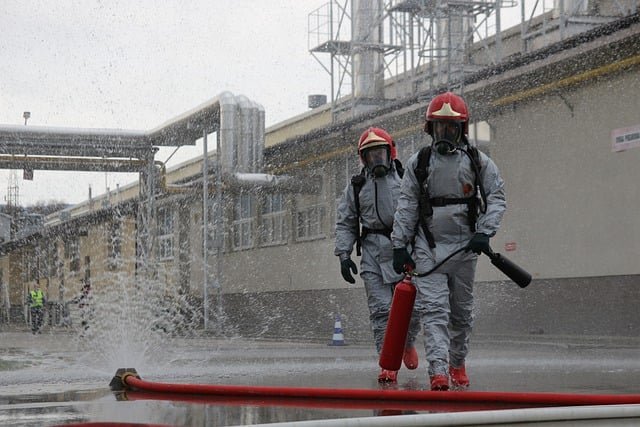Implementing Small-Scale Irrigation Audits for Water Savings
Small-scale irrigation audits help landscapers and ground maintenance teams identify waste, improve plant health, and lower water use without large capital projects. This article outlines practical steps for audits that suit municipal parks, commercial landscapes, and residential properties, focusing on measurable checks and behavior changes that support sustainability and efficient turfcare.

Small-scale irrigation audits are practical evaluations that reveal how water is applied across a landscape and where savings are possible. For ground maintenance teams, an audit combines direct observation, basic measurements, and record review to pinpoint issues with irrigation scheduling, equipment performance, soils, and drainage. Conducting regular audits supports sustainability goals, improves turfcare outcomes, and helps maintenance staff align pruning, mowing, and fertilization cycles with water availability and plant needs.
How to audit irrigation performance
Start by mapping irrigation zones and noting controller schedules, runtimes, and recent adjustments. Measure precipitation rates using catch cups in representative locations to calculate uniformity and expected runtime to meet plant needs. Check for obvious leaks, broken heads, clogged nozzles, and misting that loses water to wind. Document both manual and automated watering events and compare them to expected evapotranspiration and seasonality patterns to identify overwatering and opportunities to reduce runtime.
How do soils and drainage affect water use
Soils determine infiltration rates, water-holding capacity, and root depth—key factors for irrigation scheduling. Clay soils hold more water but drain slowly, increasing runoff risk if runtimes are too long. Sandy soils require shorter, more frequent applications to avoid deep percolation losses. Assess turf and planting beds for compacted areas, grading that causes surface runoff, and drainage problems. Simple soil probes or moisture sensors provide data to tailor irrigation by zone and improve turfcare outcomes.
What scheduling adjustments save water
Review controller schedules against seasonality and plant water needs rather than fixed calendar intervals. Implement shorter cycles with soak-and-wait gaps on slopes or compacted soils to reduce runoff. Group zones by similar soils and plant types so scheduling matches actual demand. Incorporate recent weather data or weather-based controllers where feasible, and maintain a simple log of changes to scheduling so staff can evaluate impacts over weeks rather than reacting daily.
Which equipment checks matter most
Inspect controllers, valves, backflow devices, pressure regulators, and sprinkler heads during audits. Look for mismatched nozzle arcs, incorrect pressures, and broken seals that cause uneven distribution. Replace worn parts, adjust nozzle types to match plant needs, and ensure filters are clean. Proper equipment maintenance supports even coverage, reduces the need for corrective water, and lowers downtime for ground maintenance crews.
How do turfcare, pruning, mowing, and fertilization tie in
Cultural practices influence water demand. Correct mowing heights and timely pruning reduce plant stress and improve rooting, which can reduce irrigation needs. Fertilization schedules affect growth rates and water consumption—fine-tune nutrient applications to avoid promoting excessive top growth during dry periods. Maintaining healthy turf and planting beds helps them use water more efficiently and makes irrigation audits more effective in identifying real system losses versus biological demand.
What role do training, safety, weeds, and sustainability play
Train staff on safe inspection techniques around controllers and irrigation equipment, and include basic diagnostics in routine maintenance. Weed pressure can increase water competition; integrate weed management into audit recommendations. Emphasize sustainable choices—like smarter scheduling, proper equipment upkeep, and soil improvements—that reduce water use without compromising landscape quality. Regular training ensures audits are consistently executed and findings are translated into durable practices.
Conclusion Implementing small-scale irrigation audits combines observational checks, basic measurements, and behavioral changes to deliver measurable water savings. By addressing irrigation performance, soils and drainage, scheduling, equipment maintenance, and cultural practices such as turfcare and fertilization, maintenance teams can improve landscape health and sustainability. Regular audits paired with staff training and safe procedures create ongoing opportunities to reduce water waste while maintaining aesthetic and functional goals.





